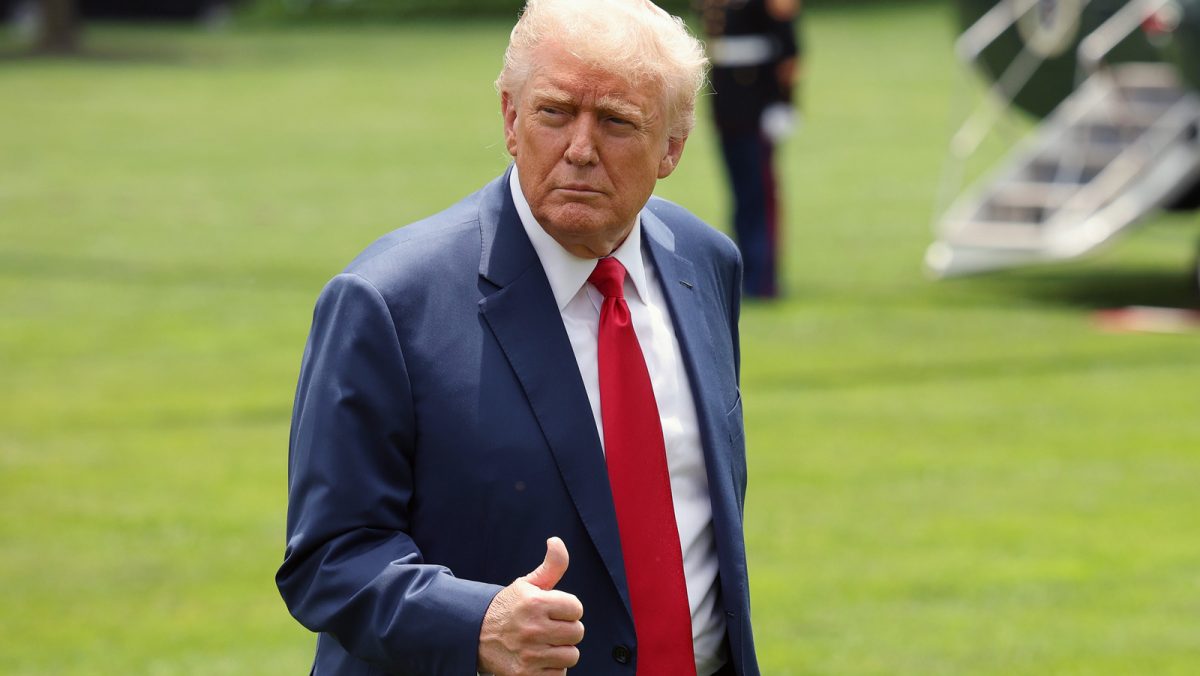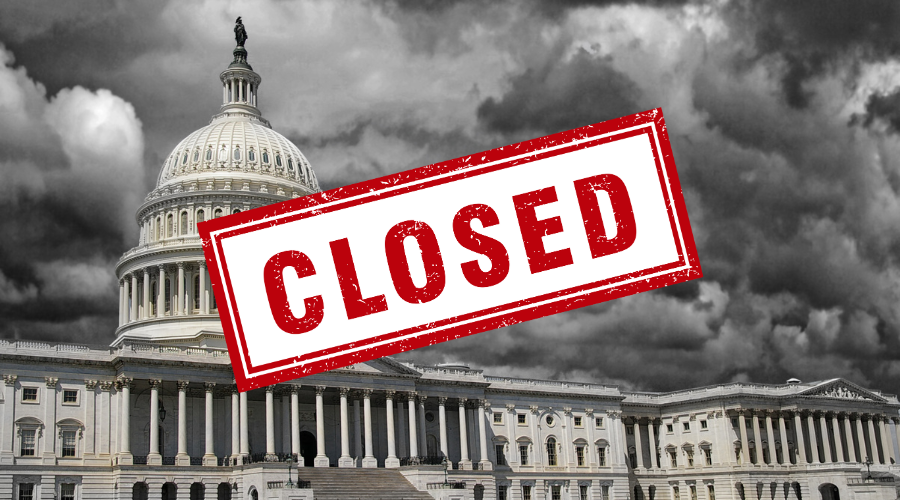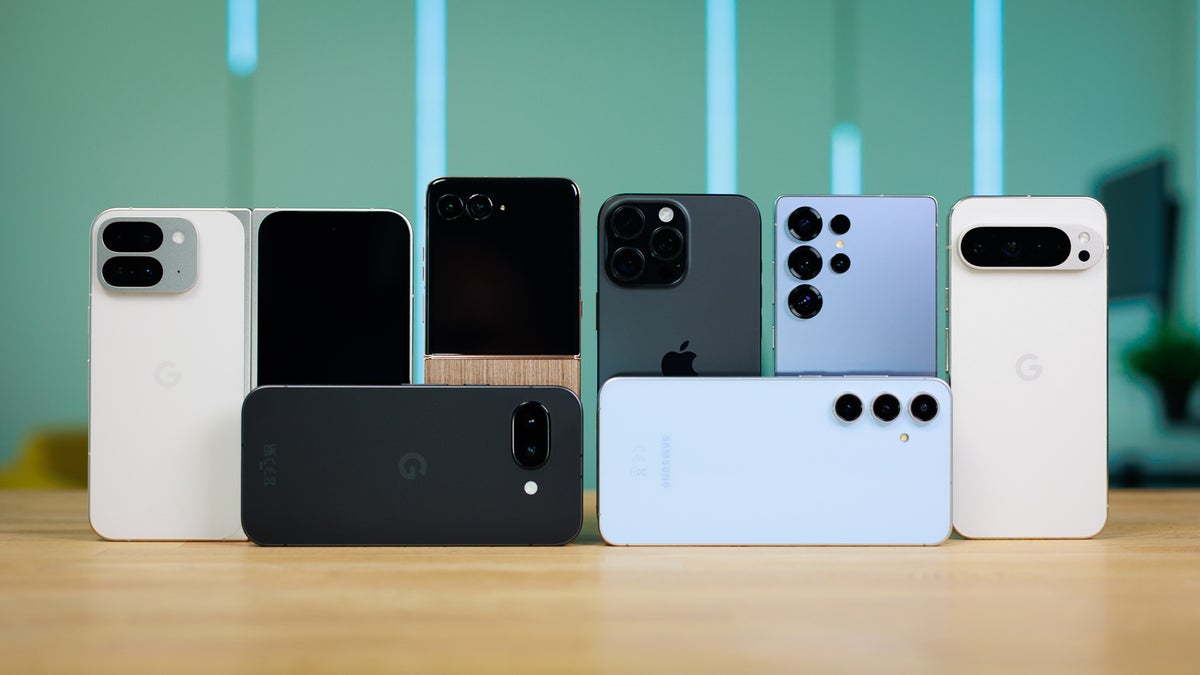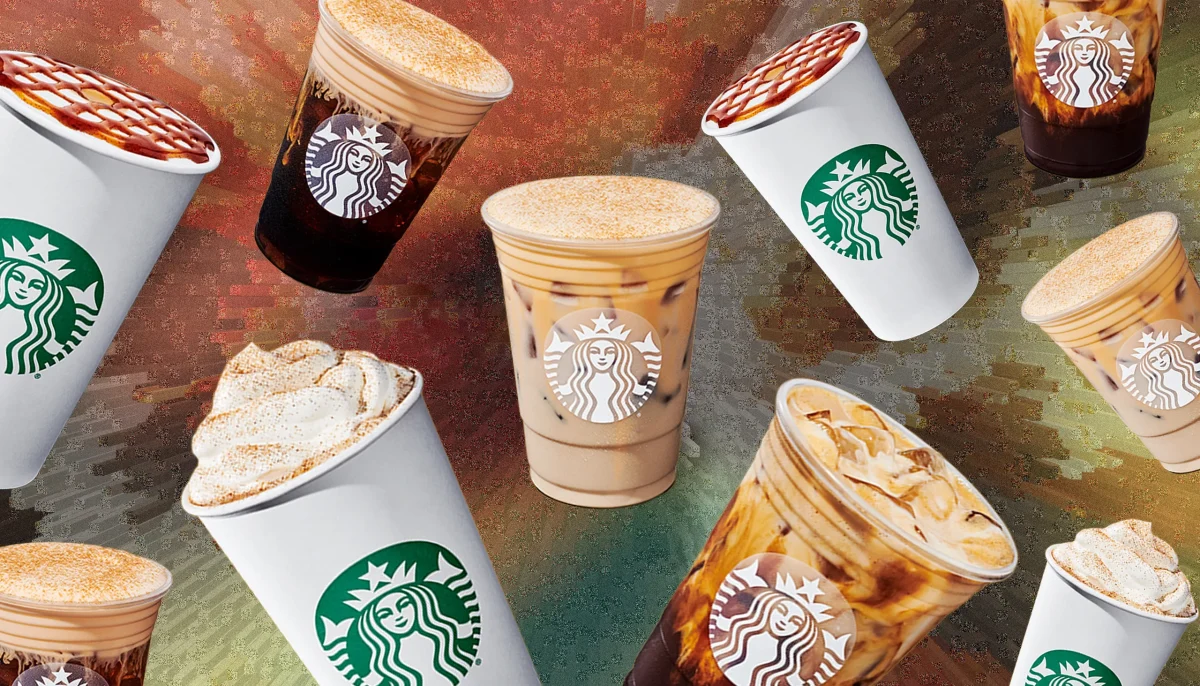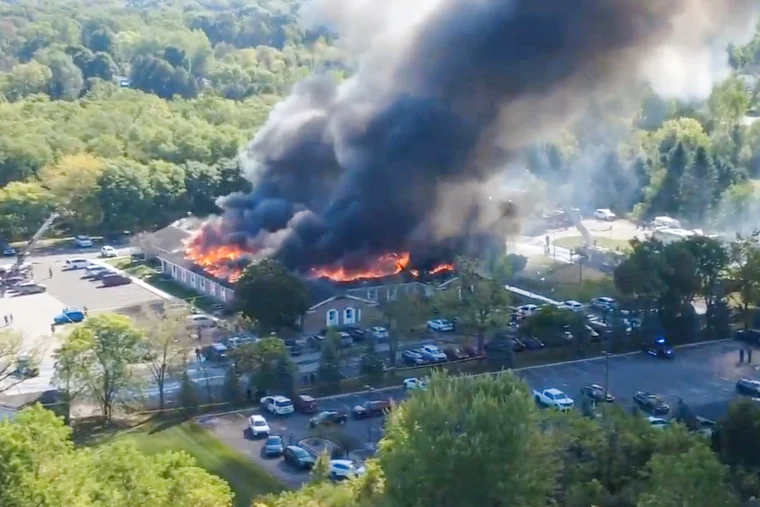In the era of instant headlines and viral hashtags, even a bruise can cause a political earthquake. When President Donald Trump appeared with a purple mark on his hand and noticeably swollen ankles, speculation spread rapidly. This Labor Day weekend, social media declared the president gravely ill, users proclaimed him dead, and critics accused his team of staging awkward press appearances to conceal the truth.
The response from the Trump administration was swift: doctors explained the bruising as a side effect of aspirin and frequent handshakes, and the swelling as a non-serious vein condition prevalent in people of that age (chronic venous insufficiency, CVI). The president himself laughed off the rumors, insisting that he’s “never felt better in [his] life.” Trump’s physician confirmed that tests showed “no signs of serious issues”, such as heart failure or deep vein thrombosis, confirming that the president remains in “excellent health.”

Social media, however, fueled the fire with hashtags like#TrumpIsDead trending during his brief time out of public view this past weekend, with Trump’s absence pouring gasoline on the rumors. For nearly three days, the president was nowhere to be seen, leading some to claim he had collapsed, been hospitalized, or even died.
When Trump finally returned to the public eye this Tuesday, he attempted to flip the script. He appeared at the White House, doubled down on his social media presence with videos of himself golfing and giving interviews, and more, all aiming to prove he was still active and sharp. Supporters celebrated his energy, while critics nitpicked his appearance, targeting his makeup as a clumsy attempt to cover bruising.
Still, the most concerning part of the Trump health crisis may not be the bruise itself but the way the media consumed and reacted to it. Cable shows (CNN, Fox News, MSNBC, even Jimmy Kimmel Live!) plastered the same close-up of his hand across our screens for hours, headlines were built off speculation rather than evidence, and experts spent more time dissecting viral hashtags than verifying medical reports. Critics argue this demonstrates a deeper issue in American society: a media increasingly driven by clicks and views, willing to exaggerate every pixel of a photograph until there’s nothing left, so long as it feeds the social media cycle. By turning common, even expected, age-related health notes into breaking news, the media not only fuels public distrust and unrest but also establishes a dangerous gray area between journalism and gossip.
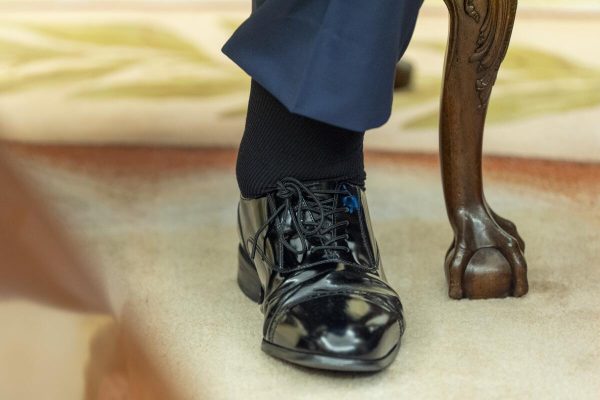
At 79 years old, Trump is set to surpass his predecessor, Joe Biden, age 82, as the oldest president in U.S. history by the end of his term. That makes every bruise, stumble, or pause of national importance. This recent health scare highlights the weaponization of presidential health in both political and social media ‘scandals’. Whether the holiday weekend’s chaos reveals more about Trump’s actual health or about America’s addiction to online drama is a question still up for debate.


